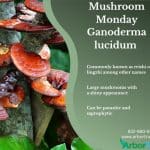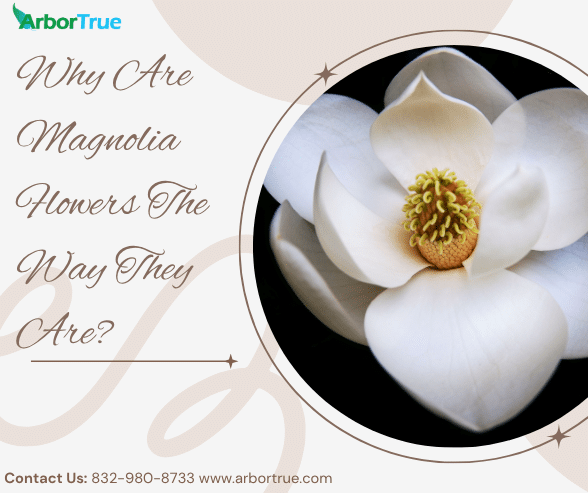
New Year’s Resolutions: Five Tips for Staying Motivated
January 17, 2024
Mushroom Monday: Ganoderma lucidum Mushrooms
January 22, 2024
Humus
In a recent blog post, we dug into loam. In this post, we dig a little deeper so to speak and take a look at a component of healthy soil, humus.
What is Humus?
Humus is composed of decayed organic matter. This organic matter comes mainly from plants and also from animals like insects. It’s decomposed by things such as fungi, microorganisms (such as bacteria), and earthworms (which can incorporate humus into soil). The process of decomposition can take a long time. The end result is humus, which is thick, dark, and black or brown. It is generally found in the top layer of soil and is crumbly, spongy, and loose.
The beginning organic matter of humus includes things such as fallen leaves, fallen branches, insects, and mushrooms, that collect on the soil and over time decompose. When these things decompose, they are turned into simpler, more basic forms.
Humus can be more prevalent in forests because of the fallen leaves and other materials that gather and decompose over time, than it can be in yards or other human-formed landscapes, where organic materials, such as leaves, are often removed.
Why is Humus Important?
Humus is important in soil that is healthy. It:
- Has nutrients that plants need such as nitrogen,
- Contains nutrients for soil organisms,
- Improves the structure of soil giving it a crumbly consistency,
- Allows water and air to move through the soil,
- Allows soil to drain while still being able to absorb water, and
- Allows oxygen to get to the roots of plants.
Humus contains many things that are important for plants such as sulfur, magnesium, calcium, potassium, and nitrogen in forms that generally plants can use.
Is Humus Like Compost?
Humus is similar to compost. Compost is made by people and contains things such as food waste and clippings from yards. Humus is something that occurs naturally and starts out as leaves and other things that gather on forest floors. Both are composed of decayed organic matter, and both have a number of benefits for improving soil. For example, compost can add nutrients to soil and help with water retention. Humus takes much longer to form than compost does.
Humus can have a different effect on soil than organic matter that isn’t decomposed. For example, if undecomposed wood is added to soil (for example in wood mulch), it can actually reduce the available nitrogen in the soil, at least temporarily. This is because of how bacteria in the soil would decompose the wood. Although it’s complex, in the beginning of the process, the bacteria could hold onto the nitrogen in such a way that plants couldn’t use it. Only after the organic matter decomposes, would the nitrogen be available again for plants.
Is Humus Like Fertilizer?
Humus and fertilizer both contain nutrients, but humus has the advantage over fertilizer of being able to improve the texture and structure of soil. Humus can also help microorganisms in soil in a way that regular fertilizers can’t. Microorganisms are important in soil for different reasons, one of which is they can process organic materials in a way as to make the nutrients usable for plants. Fertilizers do have a place and can be important and useful for many reasons. For example, fertilizers can be used to remedy certain deficiencies that might be identified in a particular area of soil. Also, fertilizer can have quicker results than humus, which is something which, if added to soil, would take a longer time to have an effect.
Although adding humus to soil might not show quick results, it can have the potential to have a positive impact. Humus can do things like reduce compaction in soil, help with soil that is too sandy or that has too much clay, help to buffer soil pH, and help with soil fertility. It can also help soil to retain water (while still draining), retain minerals, hold nutrients, and it provides food for soil microorganisms.
Humus can be bought at places like garden stores. The humus found there though, might not be one hundred percent humus but might instead also contain compost or manure (which can also be beneficial). In looking at humus at a store, it can be useful to find out the source, what’s in it, and how the humus was made or obtained.
How Much Humus is in Healthy Soil?
In healthy soil that is used for something like farming, humus will make up around three to six percent of the soil. The remaining soil components would include minerals (around seventy percent), organisms (around eight percent), water and air (around fifteen percent), and other things (around five percent).
Humus is important. It’s the end result of natural biological and chemical processes, and it’s a main component of what makes healthy soil, healthy.




